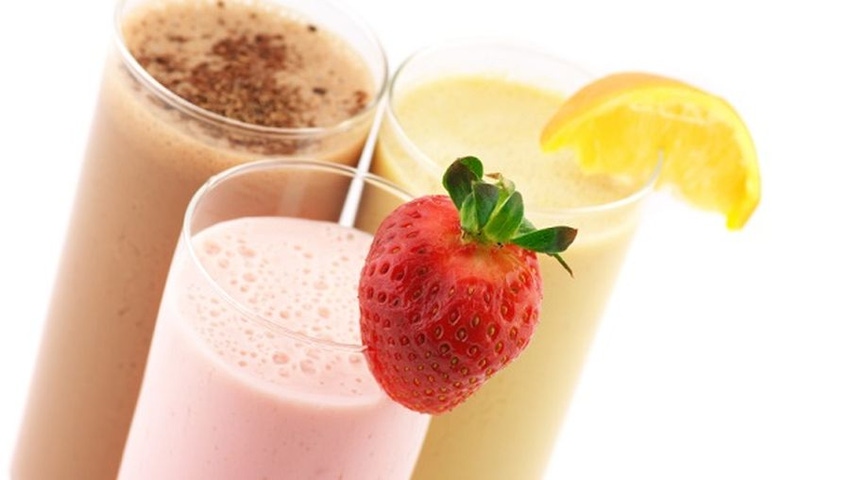Earlier this year, I attended an Imbibe seminar on developing protein beverages. The speaker, Senior Beverage Scientist Justin Cline, presented some of the challenges and tactical solutions that developers face when formulating with protein.

Earlier this year, I attended an Imbibe seminar on developing protein beverages. The speaker, Senior Beverage Scientist Justin Cline, presented some of the challenges and tactical solutions that developers face when formulating with protein.
Advancements in protein research, blends, alternative sources and flavor maskers have allowed beverages that include upwards of 40 g of protein to be more palatable than ever before. Although I am not a scientist, and admittedly have a limited technical background, I was still able to learn some fundamental principles of developing protein beverages. I am sharing some of my biggest takeaways with you in the hope that these recommendations will help you avoid, or at least overcome, obstacles during your next protein beverage project.
Work backward. Or rather, understand the plant processing capabilities BEFORE starting development. Developing a product on the bench, only to discover that the processing capabilities of the production facility can’t be replicated in the way that you would expect, will result in wasted time and money.
Let the product “mellow." The flavor, mouthfeel and other aspects of the finished product can be affected, though often temporarily, by thermal processing. It generally takes at least three weeks for the environment to find its equilibrium. So remember (and remember to tell your clients), patience is a virtue.
Call your suppliers for information on the ingredients they are selling. They should be able to help point you in the direction because they know the most about how their ingredients act in different environments.
Conduct a shelf-life study. How does your product change in different conditions? Shelf-life studies should be completed across all beverage categories, but they’re especially crucial in protein beverages. Protein can appear to be stable for up to three months, but then can start to show signs of instability. Products with protein can exhibit breakdowns in color, odor, flavor and texture, but conducting shelf life studies can help minimize the time it takes to make adjustments to the formulation, if necessary.
Be present. One critical way to accomplish this is to attend the first run. There are bound to be items that you might not think about if you’re not confronted with the physical space. Being at the plant can reveal things that you might miss by staying back at the lab.
The protein landscape continues to change, and the demand for protein continues to grow. According to Packaged Facts 2015, just over 65% of adults have wellness concerns for which they turn to functional food and beverages. Weight loss, management and energy are just three of the concerns that can be addressed by protein, though the benefits of protein extend beyond the structure function claims of a beverage. Protein can be used in beverages to create emulsions, provide complex flavor profiles and build viscosity.
It’s no longer viewed as a nutrient solely for the elite athlete, even though many protein rich products are still categorized within the sports nutrition segment. This category (which includes nutrition bars and sports drinks) has a current valuation of US$16 billion, and is expected to surpass $20 billion by 2020. Protein powders and protein RTDs make up more than 80% of the sports nutrition category in the United States., according to Euromonitor. The growth we’re expecting reinforces the importance of cultivating a team with the skills and forethought necessary to develop protein beverages that see success in the marketplace.
Have any questions or comments regarding protein beverage development? I’d love to continue the conversation. Please reach out to me at [email protected].
Looking for more on key considerations in formulating beverages with functional ingredients? Join us for the Sparking Beverage Innovation workshop on Wednesday, Oct. 5, at SupplySide West 2016.
About the Author(s)
You May Also Like






.png?width=800&auto=webp&quality=80&disable=upscale)